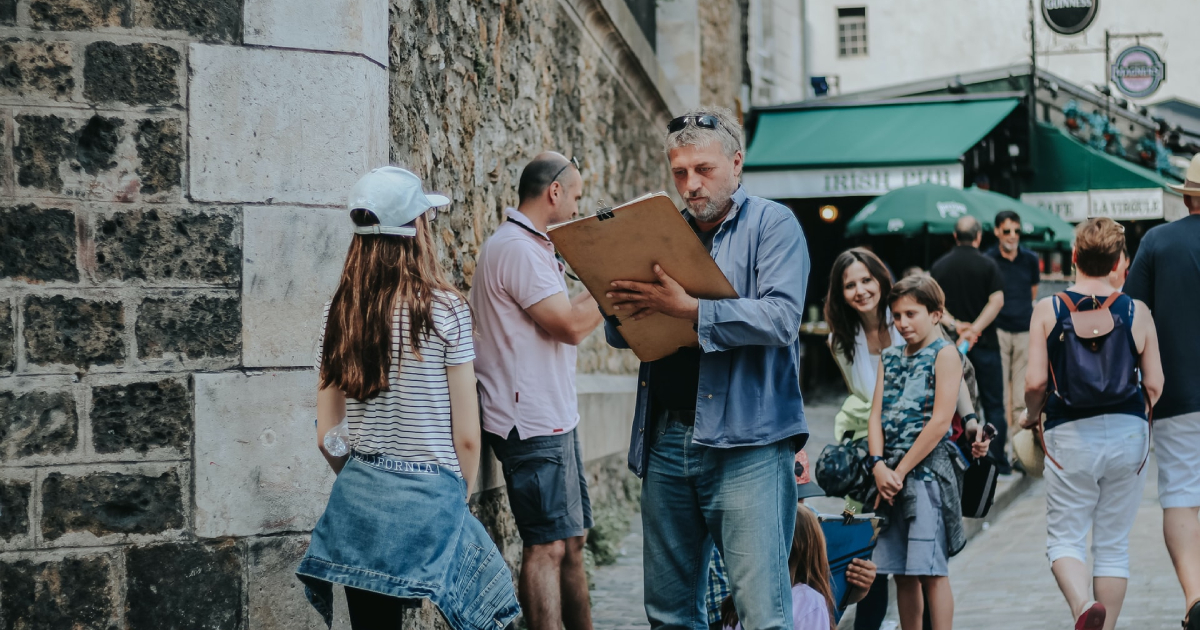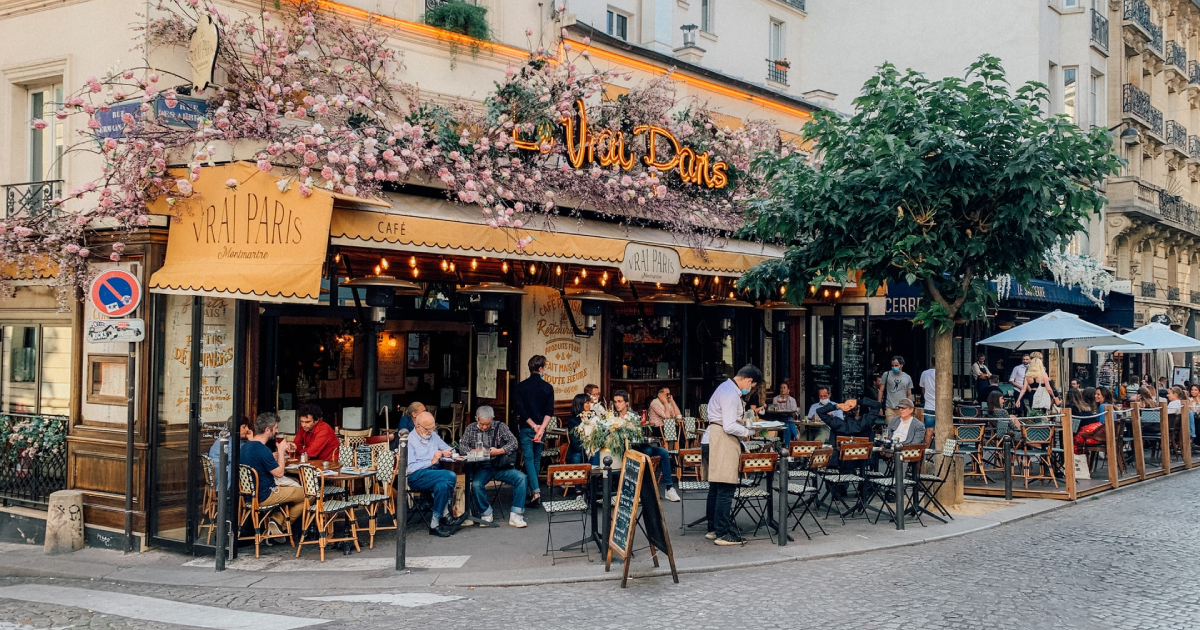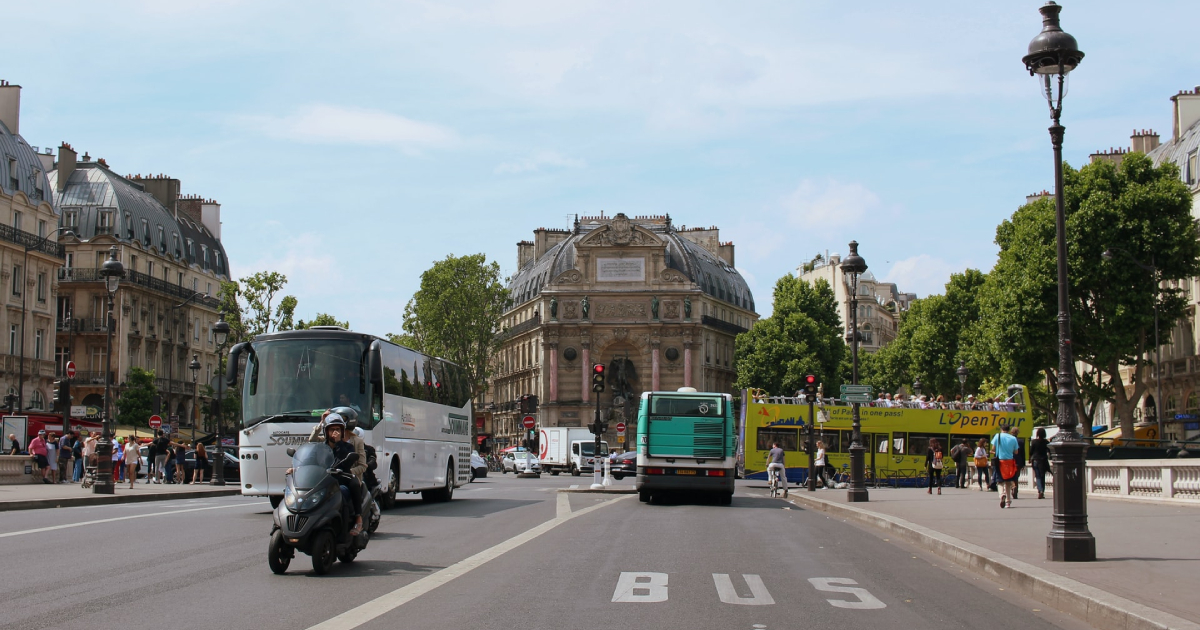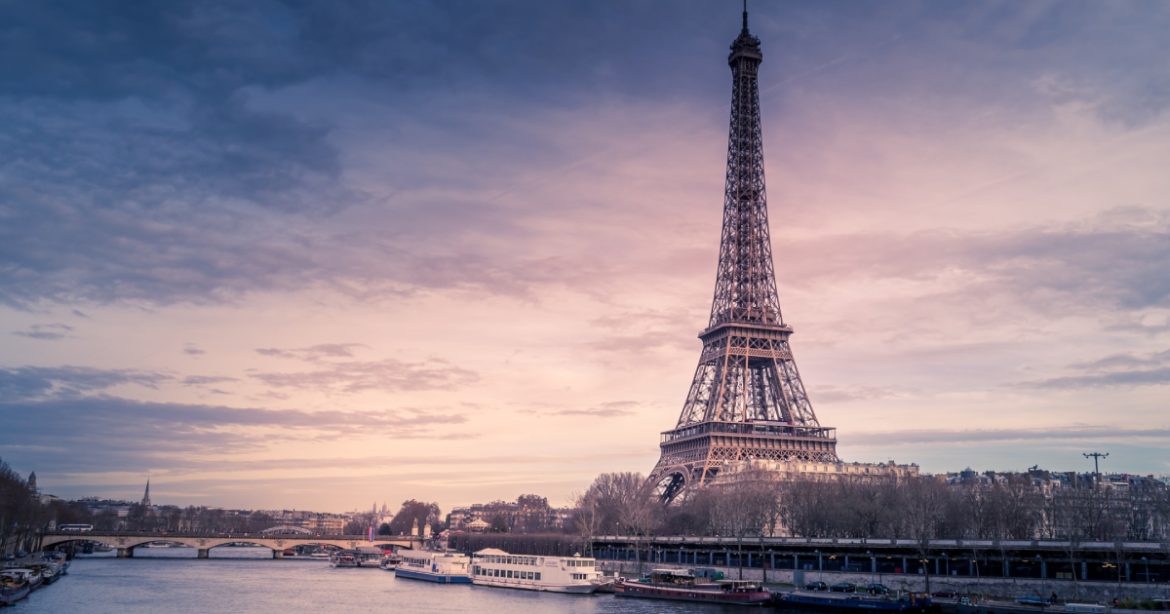With its wide range of events, attractions, and activities, Paris is one of the most worthwhile tourist destinations.
And if you are hoping to enjoy all that Paris has to offer, we’ve got a few practical tips and tricks to better navigate and enjoy France’s capital city.
Planning for Paris

Given that there is so much to see in Paris, you will want to pinpoint your top tourist destinations–especially if your time visiting is limited. A great strategy is to book any tickets for museums, exhibitions, or theatre performances online.
This decision will save you a tremendous amount of time, and it will mean that you can avoid waiting in lines. Alternatively, if you prefer being adventurous and going with the flow – or what the French refer to as flâner – you may want to simply stroll around and see what landmarks you encounter.
As you prepare to travel, remember to bring comfortable clothes and shoes as Paris is best explored on foot. Some tourist agents also suggest dressing in dark clothes as they help you blend in with the locals.
Etiquette in Paris
One of the key elements of visiting elsewhere is understanding the culture and etiquette.
Given that Parisians tend to always be in a rush, it’s really important to note as you are visiting museums, parks, shops, and restaurants not to disrupt the flow of people and movement.
As well, like many European cultures, Parisians often greet one another by giving kisses on the cheeks (two in Paris) – or what they call la bise. This way of greeting one another is common among the family as well as friends.
Communicating in Paris

Another key attribute of travel is knowing how to communicate with locals.
In advance of arriving in Paris, be sure to learn how to ask for basic directions and where places such as the bathrooms are located, and be sure to have an awareness of common phrases such as “excusez-moi, parlez-vous anglais?” (which means “excuse me, do you speak English?”).
It is also a great idea to learn the polite phrases of culture before arriving – such as “bonjour” (meaning “hello and good-day”), “bonsoir” (which means “good evening”), and “au revoir” (meaning “goodbye”).
Eating in Paris

Visiting Parisian cafes and restaurants is perhaps one of the best ways to get around in the city. Whether you are resting at a terrace or street-level café, be sure to be kind to your waiter and to appropriately tip them (even though tipping is not necessarily required but certainly always appreciated).
Traveling in Paris
If traveling through Paris, you will also need to know how to effectively get around the city. Most suggest using a more cost-effective solution such as riding the metro and RER (suburban train network) and also opting to use luggage storage while in Paris.
While you are using the metro and RER in Paris, remember to put any backpack, purses, bags, or even luggage down on the ground and try not to use the folding seats as extra storage, especially when the transportation is full during rush hour.
If trains are full, you may want to wait for a few minutes for the next rain and stand beside the doors as they open.
As well, when you are moving about in these transit regions, as a general rule, try to always walk on the right side so as to avoid bumping into passengers.
In terms of accessibility, there are some stations that have these tools and resources (such as wheelchair ramps), and they are typically identified on metro maps.
Road Travel While in Paris

Traveling by road can be difficult, especially when you are in a different country and unaware of their rules.
When traveling via streets, note that some roads are shared, and they are typically quite busy.
In these instances–whether cars, taxis, delivery trucks, bikes, scooters, motorbikes, skaters, and pedestrians, all these modes of movement must coexist together. As a result, traveling can be a real challenge–and even more so because the French drive on the right side of the road, but those who are traveling via bikes and scooters tend to use their own dedicated lanes that are typically moving in the opposite direction of cars.
As a result, if you are a pedestrian moving about on these roads, be sure to always look in both directions before stepping out into traffic.
Safety in Paris
Another important point to note while traveling in Paris is the issue of safety. Most would agree that the northeast of Paris tends to be where crime and a lack of safety are concentrated.
As a result, travelers should remain vigilant in the event that they encounter a violent attack.
As a result, most recommend that travelers take reasonable precautions–many of which you might already do while living in any big city.
These include steering clear of potentially aggressive or drunk people, trying to avoid walking the streets alone, calling a taxi if you have missed the metro, and holding tight on to your personal belongings so as to avoid any pickpocketing.
